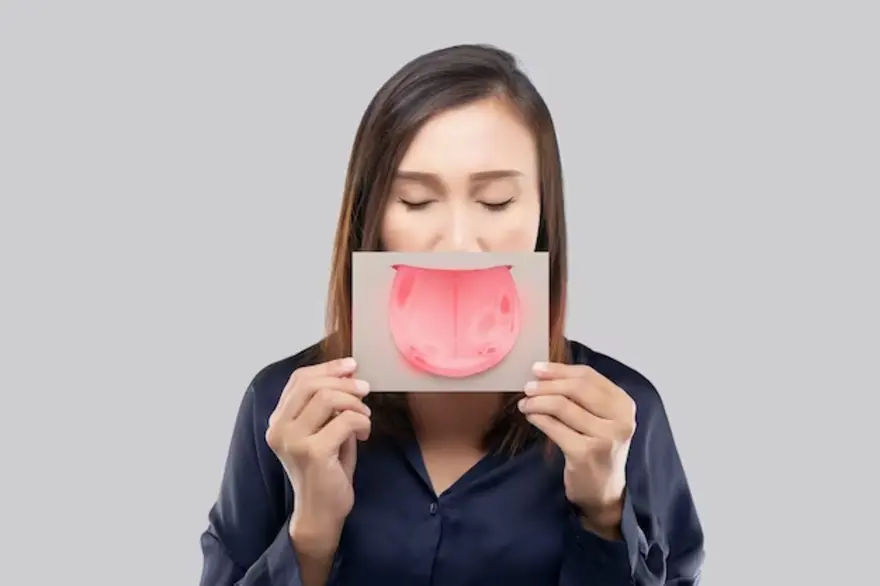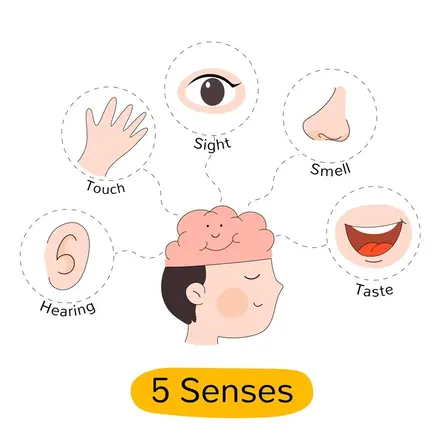Preventive Healthcare
Understanding Leukoplakia: Causes, Symptoms, Treatment, and Types
1822 Views
0

What is Leukoplakia?
Leukoplakia is a condition characterised by the development of thick, white patches on the mucous membranes of the mouth, including the tongue, gums, and the inside of the cheeks. These patches are usually painless but may be sensitive to touch, heat, or spicy foods and are often associated with tobacco use but can have various causes.
What are the Types of Leukoplakia?
Leukoplakia manifests in various forms, characterised by differences in appearance and location within the oral cavity. The leukoplakia types include:
- Homogenous Leukoplakia: Homogeneous leukoplakia is characterised by uniform white patches on the oral mucosa, typically exhibiting a smooth and flat texture. These lesions may appear anywhere in the mouth, including the tongue, gums, or inside of the cheeks.
- Non-homogenous Leukoplakia: Non-homogeneous leukoplakia presents with varied colours, textures, or irregular patterns within the white patches. It is more challenging to diagnose and may carry an increased risk.
Proper leukoplakia diagnosis is crucial to differentiate leukoplakia types.
What are Leukoplakia Subtypes?
The leukoplakia subtypes include:
- Oral hairy leukoplakia: Oral hairy leukoplakia is characterised by distinctive white patches resembling hair growth, often with folds, primarily occurring on the tongue but possibly appearing in other oral areas. Unlike some leukoplakia types, this variant is non-cancerous. It is commonly associated with individuals having HIV/AIDS or the Epstein-Barr virus.
- Proliferative Verrucous Leukoplakia: Proliferative verrucous leukoplakia is an aggressive variant marked by slow, relentless growth and a higher risk of malignant transformation. These patches often appear on the tongue, adding a specific dimension to the condition known as leukoplakia tongue. This type resists conventional leukoplakia treatments, necessitating close monitoring and specialised care.
Does Leukoplakia Always Become Oral Cancer?
While leukoplakia itself does not always transform into oral cancer, it is considered a potential precursor to malignancy. The risk lies in the fact that some leukoplakic lesions may undergo dysplastic changes, increasing the likelihood of developing into oral cancer over time. Not all leukoplakia cases progress to malignancy, and many remain benign. However, it is crucial to recognise and monitor leukoplakia symptoms, as early detection allows for timely intervention and reduces the risk of malignant transformation.
Is Leukoplakia Common?
Leukoplakia is relatively common, especially among tobacco users.
What are the Symptoms of Leukoplakia?
Leukoplakia symptoms include the patches inside your mouth that may be:
- White patches on oral mucosa
- Painless but may be sensitive patches
You may also experience:
- Difficulty swallowing
- Redness or ulceration
- Persistent lesions
What Causes Leukoplakia?
The exact causes of leukoplakia are not fully understood, but several factors are associated with its development. Chronic irritation, often from tobacco use, is a significant contributor. Other potential leukoplakia causes include:
- Irritation from teeth fillings, crowns, or poorly fitting dentures,
- Changes in the genes cause the mouth cells to grow faster and
- Continual friction in the oral cavity
Human Papillomavirus (HPV) infection has also been linked to leukoplakia, particularly in non-smokers. These various factors can lead to changes in the oral mucosa, resulting in the formation of thick, white patches characteristic of leukoplakia.
What are the Risk Factors of Leukoplakia?
Key risk factors increasing the risk of the occurrence of leukoplakia include:
- Tobacco use
- Excessive alcohol consumption
- Chronic irritation, and
- Infection with Human Papillomavirus (HPV)
How is Leukoplakia Diagnosed?
Leukoplakia diagnosis involves a thorough examination of your mouth and any usual patches by a healthcare professional. A biopsy may be performed, where a small tissue sample is taken for microscopic analysis. This helps to determine the nature of the lesion and rule out malignancy. Additionally, the medical history, risk factors, and the appearance of the leukoplakic patches aid in the diagnosis.
Should All Suspected Leukoplakia be Biopsied?
Yes, it should be. A biopsy is recommended for suspected leukoplakia to confirm diagnosis and assess the risk of malignancy.
How is Leukoplakia Treated?
Usually, leukoplakia improves on its own by removing the source of irritation, such as tobacco or alcohol.
However, if there are early signs of lesions or if it did not improve on its own, then your healthcare professional may remove the patches from your mouth using laser or photodynamic therapy, light-activated cancer drugs or cryoprobe, an extremely cold probe that freezes and destroys cancer cells.
How Can I Prevent Leukoplakia?
Leukoplakia is prevented by modifying the lifestyle, such as:
- Adopting a healthy lifestyle
- Quitting tobacco use, both smoking and smokeless forms
- Avoiding scorching drinks
- Limiting alcohol consumption and practising good oral hygiene
- Wearing well-fitting dentures and avoiding chronic oral irritation
- Regular dental check-ups aid in early detection
- Vaccination against Human Papillomavirus (HPV), where applicable, can also reduce associated risks.
Does Leukoplakia Come Back (recur)?
Leukoplakia can recur. Studies indicate that leukoplakia recurrence occurs in approximately 15% following removal.
Will Leukoplakia Go Away on Its Own?
No, the sole method to eliminate leukoplakia is through surgical removal.
When to See a Doctor?
Consult a doctor if you notice persistent white patches, changes in oral mucosa, or difficulty swallowing. Regular dental check-ups are essential, especially for those with risk factors like tobacco use. Any suspicious oral lesions warrant professional evaluation to rule out malignancy. Moreover, if you have had surgery to remove leukoplakia, then you should take regular follow-ups up to several years.
Conclusion
While leukoplakia is not always a precursor to oral cancer, its potential for recurrence underscores the need for vigilant monitoring and professional care. Embracing a tobacco-free lifestyle, minimising alcohol consumption, and prioritising oral hygiene are pivotal in prevention. Remember, early detection not only improves the efficacy of leukoplakia treatment but can also be a decisive factor in averting the progression of leukoplakia to more severe conditions. Discover a path to lasting well-being with Metropolis Healthcare. With a team of 200 senior pathologists and over 2000 technicians, our comprehensive range of tests ensures precision and reliability. Trust Metropolis for accurate results, empowering you to make informed health decisions.























 WhatsApp
WhatsApp